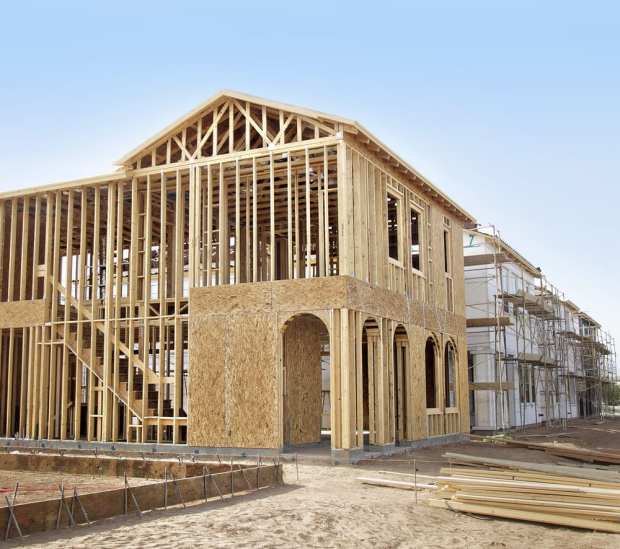Demand For New Homes Climbs After Historic Drop

Homebuilder sentiment may be coming out of its worst slump ever, as new data showed confidence improving this month, with one caveat: the Northeast is the only area where confidence remains low.
A new forecast by the National Association of Home Builders (NAHB) shows sentiment rising by 7 points to 37, according to data on Monday (May 18).
According to NAHB chief economist Robert Dietz, demand has been sustained thus far by low interest rates. And as the economy recovers from the pandemic, he expects the demand to rise even more.
“As many states and localities across the nation lift stay-at-home orders and more furloughed workers return to their jobs, we expect this demand will strengthen,” he said, according to Bloomberg.
The sentiment fell in April by 42 points, which was the highest drop on-record since 1985. A Bloomberg survey of economists said the median would likely be 35 in May.
A score above 50 means more builders view conditions positively.
Confidence has been inching towards improvement in the U.S. as all three cornerstones of the builder sentiment index (current sales, expectations and potential buyer traffic) were up in May thus far, in all areas but the aforementioned Northeast.
And those looking to buy homes have reason to be excited — in April, the average 30-year fixed mortgage rate hit its lowest point since 1971, according to Freddie Mac records.
But the previous drops in confidence come from problems that could take longer to assuage, namely the unprecedented number of layoffs and furloughs as companies shut down for the coronavirus and people were relegated to unemployment.
And another shift in American opinions about where to live could be coming, as a recent Harris poll found that 39 percent of city-dwellers might consider moving out to somewhere with more space because of the coronavirus.
The virus, which is highly contagious, could be less of an issue for them in the spaced-out suburbs where they could avoid other people more easily.
The shift could be good for their health, but it could also be another blow to struggling restaurants and small businesses that set up shop in the city and depended on clusters of foot traffic often.
